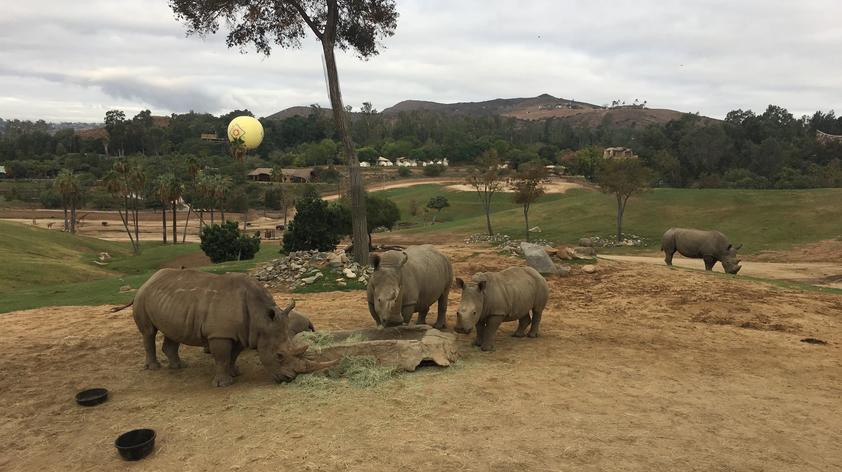
Small but mighty: Microbes and the biomes they create
One hears a lot about microbes these days. During the SARS-CoV-2 pandemic, we have learned a lot about viruses, but there has also been an increase in sourdough enthusiasts. Through the constant care of the sourdough starter, these enthusiasts are playing the role of a microbiologist whether they know it or not. The process that causes dough to rise is driven by microbes; in this case fermentation by natural yeasts found in wheat or rye flour. From cheese to its paired wine, humans enjoy many foods and beverages created from the labors of microbial processes.
Microbes themselves typically live within groups or niches within ecosystems, and together drive many other natural processes. They are critical for nitrogen fixation in plant root systems that helps plants grow, and they are also essential for the breakdown of plant material in the guts of herbivores.
Combined, microbes and their functions are considered a “microbiome,” consisting of the microbes and the molecules they produce in a given niche. In both examples, the microbiome allows for the plant or animal to acquire nutrients that they alone cannot gather.
In animals in particular, microbiomes play many roles throughout an individual’s lifetime–beginning at birth, when an animal is initially introduced to microbes, to later stages in life like reproduction. Microbiomes train the immune system and provide critical functions in nutrient acquisition but have also have been associated with numerous disease states, such as inflammatory bowel disease, asthma, diabetes, and behavioral disorders, and the list grows each day.
The correct balance of microbes within a system is important, and any imbalance may cause negative effects on the whole ecosystem, including the animals they live within. You can think of the right balance of microbes as being similar to rain. A proper amount of rain is beneficial to the environment, while too much rain that results in flooding is not. Therefore, ensuring the right environmental conditions are important to maintaining health.
Our task at San Diego Zoo Global is creating optimal environments for wildlife in our care. This includes the microbial environment, but in order to do so, we must first understand what the natural microbiomes for these animals are.
This task is difficult, because for many animals in our care, little is known about their wild microbial counterparts. One key area of our work explores diet-microbiome interactions in both animals in the wild and in our care. How might what animals eat affect microbiomes and animal health? What role may microbiomes play in the recovery of wildlife after they have been released into the wild? These are some of the questions we are currently investigating.
As their name suggests, microbes are very small, invisible to the naked eye, yet make up the second largest group of organisms by mass (following plants) on Earth. Despite their small size, they can have tremendous impacts on the largest of animals but also the planet as a whole.
We look forward to sharing with you how they can do just that in upcoming blogs within this series.













